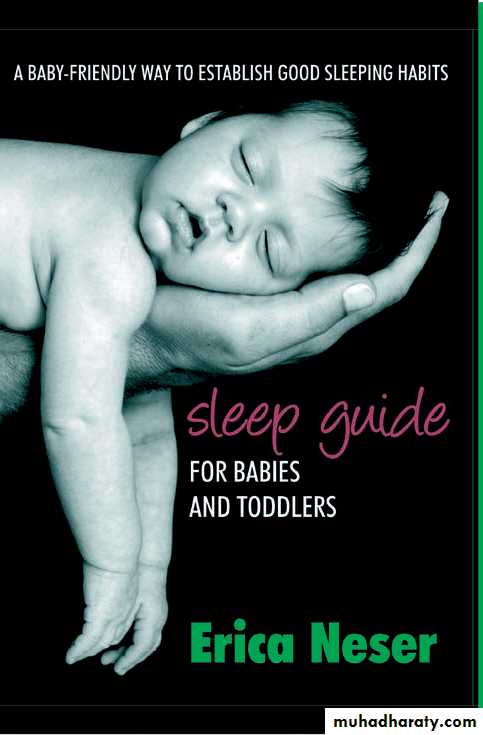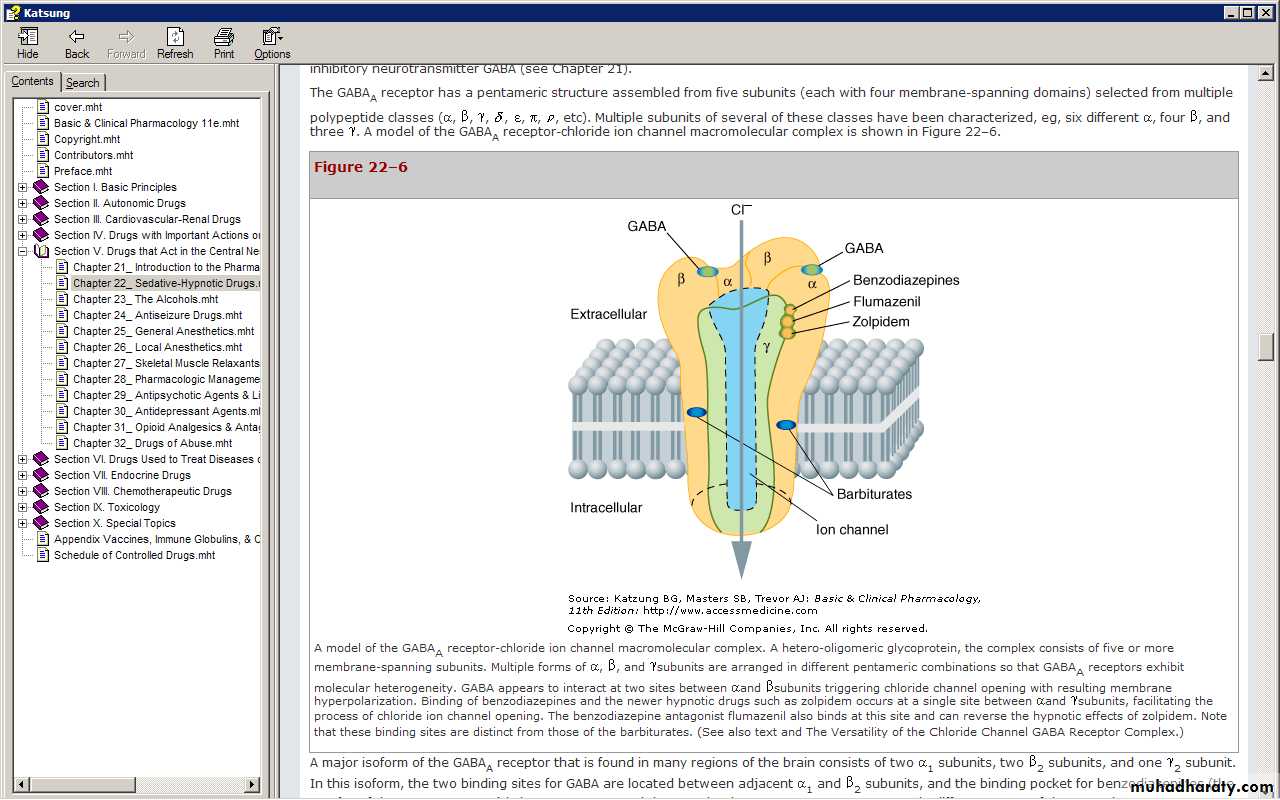Anxiolytic , Sedative and Hypnotic Drugs
SEDATIVEDrugs that have an inhibitory effect on the CNS to the degree that they reduce:
• Nervousness
• Excitability
• Irritability without causing sleep
HYPNOTICS
Calm or soothe the CNS to the point that they cause sleepA hypnotic drug should produce drowsiness and encourage the onset and maintenance of a state of sleep resembles the natural sleep state.
Anxiolytics: reduce anxiety
Sedatives: decrease activity, calming effectHypnotics: induce sleep
Some drugs have anxiolytic and sedative/hypnotic effects.
• Most anxiolytic and sedative –hypnotic drugs produce dose – depended depression of the central nervous system function
Anxiolytic, Sedative and Hypnotic Drugs
CNS Depression
Sedation
Hypnosis
General Anesthesia
Poisoning
Death
The ideal anxiolytic drug should calm the patient without causing too much day time sedation and drowsiness and without producing physical or psychological dependence
• The ideal hypnotic drug should allow the patient to fall asleep quickly and should maintain sleep of sufficient quality and duration so that the patient awakes refreshed without a drug hangover
• both type of drug should have very low toxicity and should not interact with other medications in such away as to produce unwanted or dangerous effect
• sleep
Summary of anxiolytic and hypnotic drugs
• Barbiturates.• Benzodiazepines.
• Other anxiolytic drugs: buspirone, hydroxyzine, antidepressants.
• Other hypnotic agents: antihistamine, chloral hydrate, ethanol, ramelteon, zolpidem
Anxiolytic, Sedative and Hypnotic Drugs
• Barbiturates
• They have been largely replaced by the benzodiazepines, because Barbiturates:• Induce tolerance
• Induce drug-metabolizing enzymes
• Physical dependence and
• Very severe withdrawal symptoms
• Narrow therapeutic index
• When used as hypnotics, they suppress REM sleep more than other stages.
• Certain barbiturates, such as the very short-acting thiopental, are still used to induce anesthesia
Anxiolytic, Sedative and Hypnotic Drugs
• Barbiturates are classified according to their duration of action into:
• Ultra-short acting :thiopental (20 minutes)• Short acting: pentobarbital, secobarbital, amobarbital(3-8)hours
• Long acting: phenobarbital (1-2 days)
Anxiolytic, Sedative and Hypnotic Drugs
• Mechanism of action of barbiturates
• The sedative-hypnotic action of the barbiturates is due to their interaction with GABA receptors, which enhances GABAergic transmission. The binding site is distinct from that of the benzodiazepines. Barbiturates potentiate GABA action on chloride entry into the neuron by prolonging the duration of the chloride channel openings.• In addition, barbiturates can block excitatory glutamate receptors.
• Anesthetic concentrations of pentobarbital also block high-frequency sodium channels. All of these lead to decreased neuronal activity.
Anxiolytic, Sedative and Hypnotic Drugs
• Actions of barbiturates:
• Depression of CNS: At low doses, the barbiturates produce sedation (calming effect, reducing excitement). At higher doses, the drugs cause hypnosis, followed by anesthesia (loss of feeling or sensation), and finally, coma and death. Thus, any degree of depression of the CNS is possible, depending on the dose.• Barbiturates have no analgesic properties.
Anxiolytic, Sedative and Hypnotic Drugs
• Respiratory depression : over dosage cause respiratory depression and death.
• Circulatory collaps (by toxic dose)• Enzyme induction: Barbiturates induce P450 microsomal enzymes in the liver. Therefore, chronic barbiturate administration diminishes the action of many drugs that are dependent on p450 metabolism example ( phenytoin , anticoagulants)
Anxiolytic, Sedative and Hypnotic Drugs
• Therapeutic uses of barbiturates:
• Anesthesia: The ultra short-acting barbiturates, such as thiopental, are used intravenously to induce anesthesia.
• Anticonvulsant: Phenobarbital is used in long-term management of tonic-clonic seizures, status epilepticus, Phenobarbital has been regarded as the drug of choice for treatment of young children with recurrent febrile seizures.
Anxiolytic, Sedative and Hypnotic Drugs
• Anxiety: Barbiturates have been used as mild sedatives to relieve anxiety, nervous tension, and insomnia. When used as hypnotics, they suppress REM sleep more than other stages. However, most have been replaced by the benzodiazepines.
Anxiolytic, Sedative and Hypnotic Drugs
• Pharmacokinetics of barbiturates
• Barbiturates are absorbed orally and distributed widely throughout the body. Barbiturates are metabolized in the liver, and inactive metabolites are excreted in the urine.• They readily cross the placenta and can depress the fetus.
Anxiolytic, Sedative and Hypnotic Drugs
• Adverse effect of barbiturates
• CNS: Barbiturates cause drowsiness, impaired concentration, The CNS depressant effects of barbiturates synergize with those of ethanol.• Drug hangover: Hypnotic doses of barbiturates produce a feeling of tiredness well after the patient wakes. This drug hangover may lead to impaired ability to function normally for many hours after waking. Occasionally, nausea and dizziness occur.
Anxiolytic, Sedative and Hypnotic Drugs
Anxiolytic, Sedative and Hypnotic Drugs
• 3. Induce the P450 system and may decrease the duration of action of drugs that are metabolized by these hepatic enzymes.• 4. Increase porphyrin synthesis, and they are contraindicated in patients with acute intermittent porphyria.
• 5. Physical dependence: Abrupt withdrawal from barbiturates may cause tremors, anxiety, weakness, nausea and vomiting, seizures, delirium, and cardiac arrest.
• 6. Poisoning: death resulting from drug overdoses because of severe depression of respiration and cardiovascular depression.
• Note: No specific barbiturate antagonist is available
Anxiolytic, Sedative and Hypnotic Drugs• Treatment of patient with barbiturates poisoning
• artificial respiration• purging the stomach of its contents if the drug has been recently taken
• Hemodialysis may be necessary if large quantities have been taken.
• Alkalinization of the urine often aids in the elimination of phenobarbital .
Anxiolytic, Sedative and Hypnotic Drugs





